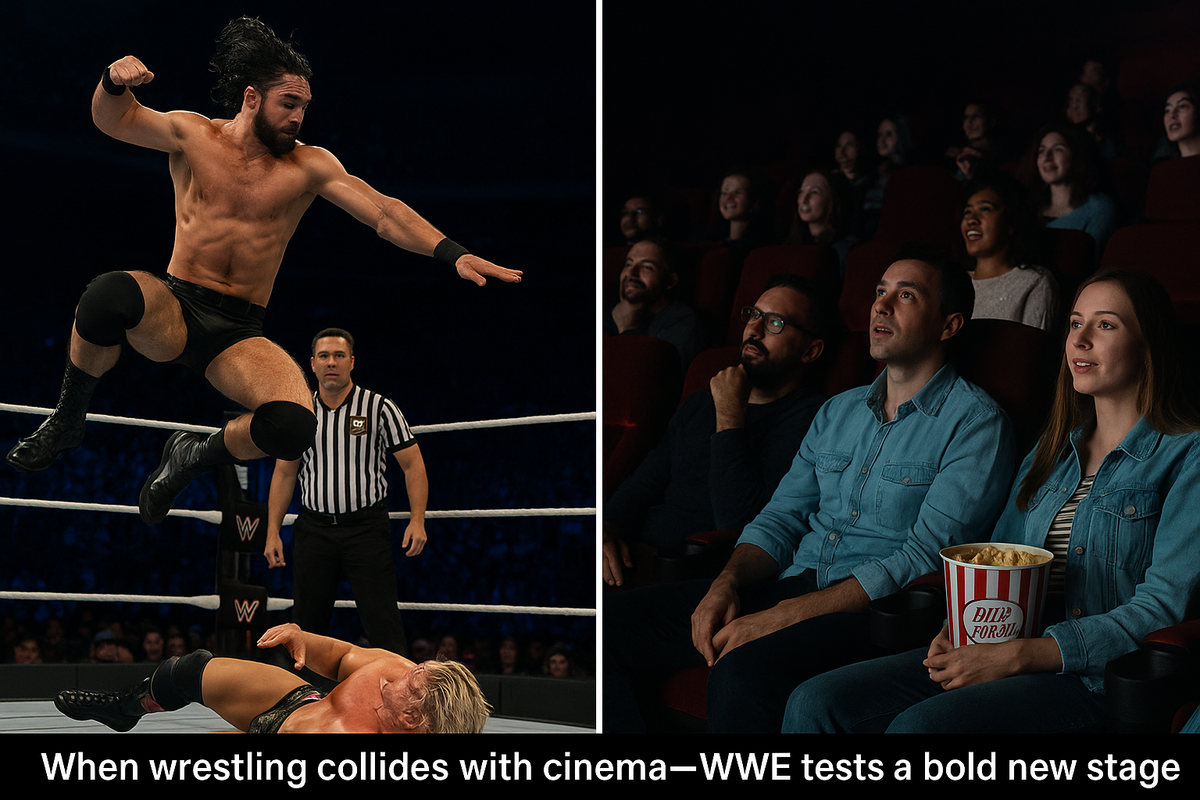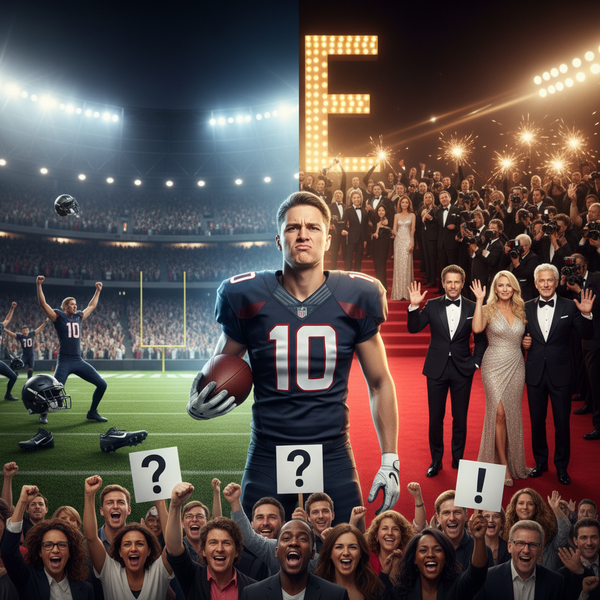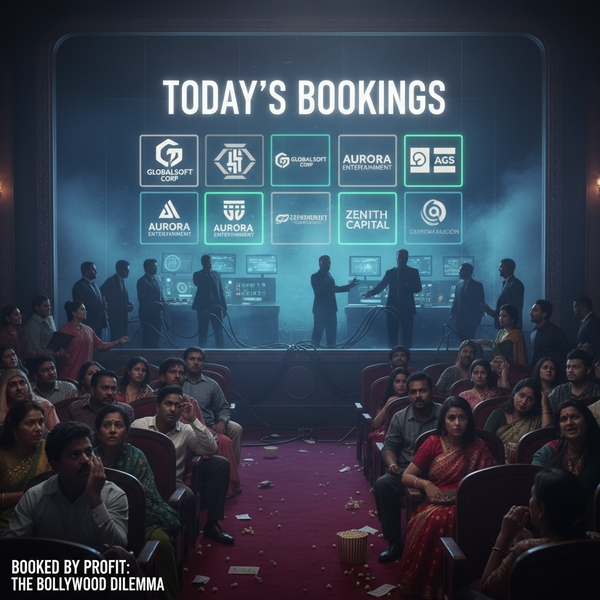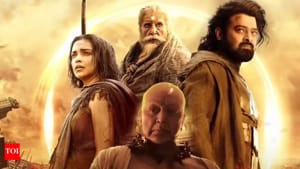Wrestling Goes Cinematic: WWE’s ‘Clash in Paris’ Hits Theaters And Fans Aren’t Amused
WWE’s “Clash in Paris” leaps from the ring to the big screen, but fans aren’t buying the cinematic hype. Is this innovation or just another corporate misfire?

The lights go out. Popcorn buckets shake. A hush fills the cinema. But instead of Spider-Man, Batman, or the latest Fast & Furious flick, it’s Seth Rollins stomping into the squared circle. That was the scene WWE envisioned when it rolled out its boldest experiment yet: “Clash in Paris” in movie theaters.
Yes, wrestling officially went cinematic.
But while WWE hyped the move as revolutionary, fans had other ideas. Social media lit up not with excitement, but with memes, sarcasm, and scorn. For many, the big-screen wrestling gamble felt like a swing and a miss.
So, what was WWE really aiming for? Why did this experiment flop with the very audience it relies on? And does wrestling actually belong in theaters? Let’s break it all down.
The Big Idea: Why WWE Tried Theatrical Wrestling
WWE has always sold itself as more than a sport. It’s entertainment, drama, spectacle, and theater rolled into one. The “Clash in Paris” experiment was pitched as the next evolution a wrestling pay-per-view packaged like a blockbuster film.
The concept:
- Fans gather in cinemas, cheering together as if ringside.
- Wrestling blends with the cinematic experience, complete with booming surround sound.
- WWE finds a fresh revenue stream outside TV deals and streaming subscriptions.
It was bold, ambitious, and, on paper, logical. After all, if Taylor Swift can turn her Eras Tour into a $300M global theatrical hit, why couldn’t WWE?
But wrestling isn’t Taylor Swift and fans wasted no time pointing that out.
Fan Reaction: “Ain’t Nobody Going Out”
As soon as the announcement dropped, fans lit up X (formerly Twitter), TikTok, and Reddit not with ticket confirmations but with roasts.
The most common sentiment? “Why would I pay movie ticket prices to watch wrestling I can stream at home?”
Comments ranged from blunt jokes to outright mockery:
- “I’ll save the $15 and yell at my TV instead.”
- “WWE thinks it’s Marvel, but it’s still Monday Night Raw.”
- “Popcorn better come with pyro.”
For hardcore fans, wrestling is about energy the roar of the crowd, the goosebumps from live entrances, the smell of sweat and pyros in the arena. Sitting quietly in a theater seat while Roman Reigns delivers his 20-minute entrance just didn’t cut it.
The takeaway? Fans didn’t see value in theaters when they already have streaming.

The Business Logic: WWE’s Push Beyond Arenas
So why risk alienating the fanbase? The answer lies in business strategy.
1. The Taylor Swift Effect
Swift’s concert film proved live events can dominate box offices. WWE likely wanted to replicate that buzz by positioning itself as cultural cinema, not just televised wrestling.
2. Chasing New Revenue Streams
Pay-per-view is long gone, streaming has capped, and sponsorships only go so far. Theatrical distribution offered WWE another revenue layer—and perhaps a way to lure in casual fans.
3. Global Branding
By choosing Paris, WWE made a statement. This wasn’t just about U.S. fans. It was about Europe, prestige, and marketing wrestling as a glamorous export.
4. Testing Future Mega-Events
If “Clash in Paris” had succeeded, imagine WrestleMania in IMAX or SummerSlam across theaters worldwide. WWE was testing a model, not just selling one show.
Unfortunately, the test audience wasn’t buying it.

Wrestling Was Already Cinematic
Here’s the kicker: WWE has spent decades making its product look cinematic. Every entrance, every promo, every dramatic close-up has been designed to feel like Hollywood.
So when the company told fans, “Now it’s in theaters!” the response was basically: “We’ve already seen this at home.”
Unlike concerts or once-in-a-lifetime performances, wrestling shows churn out weekly. Today’s premium live event becomes tomorrow’s clip on YouTube. There’s no archival urgency, no “historic preservation” feeling.
That’s why the cinematic experiment fell flat.
Social Media Roasts: The Meme Era of WWE
If WWE was hoping for buzz, it got plenty but not the kind it wanted. Fans filled timelines with parodies, posters, and jokes.
Fake movie taglines spread fast:
- “The Clash in Paris: Rated PG for chair shots and corporate greed.”
- “In IMAX: Roman Reigns walks to the ring for 30 minutes.”
- “Coming soon: Popcorn $12, pyro not included.”
Ironically, this mockery gave the event more publicity than any official trailer could have. But it also cemented the perception that WWE’s theater push was more about money than fans.
Could Wrestling Ever Work in Theaters?
Here’s the real question: Does wrestling have a future on the big screen? The answer might still be yes but not like this.
Special Documentary Screenings
Fans would pack cinemas for a film chronicling The Undertaker’s farewell, The Rock’s career retrospective, or rare behind-the-scenes stories. Legacy sells.
Fan-Driven Interactivity
Imagine screenings where fans could live-vote on stipulations or outcomes in real-time, blending cinema with gaming. That could feel unique.
Global WrestleMania Watch Parties
The biggest shows like WrestleMania or Royal Rumble could be turned into global theater events with live fan hosts, giveaways, and interactive features.
But for a random premium event like “Clash in Paris”? The appeal just wasn’t strong enough.
What This Means for WWE’s Future
WWE won’t stop experimenting. The company has always pushed boundaries:
- It scored huge with stadium-sized WrestleManias.
- It failed spectacularly with the XFL and Raw Underground.
- It rebounded by leaning into streaming and global expansion.
“Clash in Paris” will probably end up in the same category as other oddball experiments: a bold idea that fans didn’t want.
But it signals something important: WWE knows the media landscape is shifting. Sports, cinema, and streaming are colliding. The company just hasn’t cracked the formula for wrestling yet.

SEO Snapshot: Why This Story Is Hot
From a search perspective, this controversy is pure gold. Here are the keywords fueling the trend:
- WWE Clash in Paris 2025
- WWE fans reaction theater
- Wrestling in theaters 2025
- WWE cinematic experience
- Future of WWE entertainment
These terms are drawing attention because they connect wrestling with wider cultural trends streaming wars, concert films, and the future of live entertainment.
Final Bell: A Bold Swing, But a Miss
At the end of the day, WWE’s “Clash in Paris” was an attempt to reinvent the fan experience. The intent was innovative. The execution? Not so much.
Fans don’t want to sit quietly in a dark cinema to watch wrestling. They want to be in the arena, chanting with strangers, booing heels, and losing their voices for babyfaces. Wrestling thrives on chaos and energy. The silver screen dims both.
So while “Clash in Paris” may one day be remembered as a quirky footnote in WWE’s history, it leaves a lesson: innovation must serve the fans, not just the revenue sheet.
Because in the end, wrestling is not about the screen size. It’s about the sound of the crowd.
Sources:
- WWE Official Website – for event details and press releases.
- Variety & Hollywood Reporter – for coverage on WWE’s entertainment crossovers.
- Sportskeeda / Fightful / Wrestling Observer – for fan reactions and industry analysis.
- Twitter/X & Reddit (r/SquaredCircle) – for trending fan backlash and memes.
- Times of India & BBC Sport – for global mainstream sports reporting.




